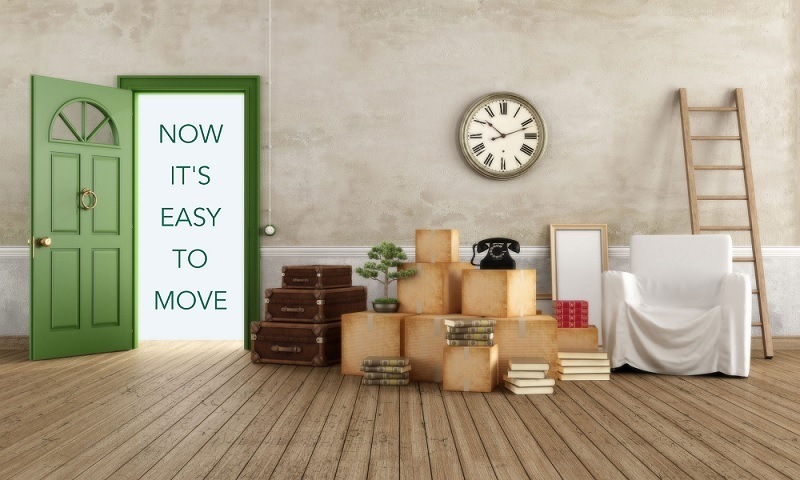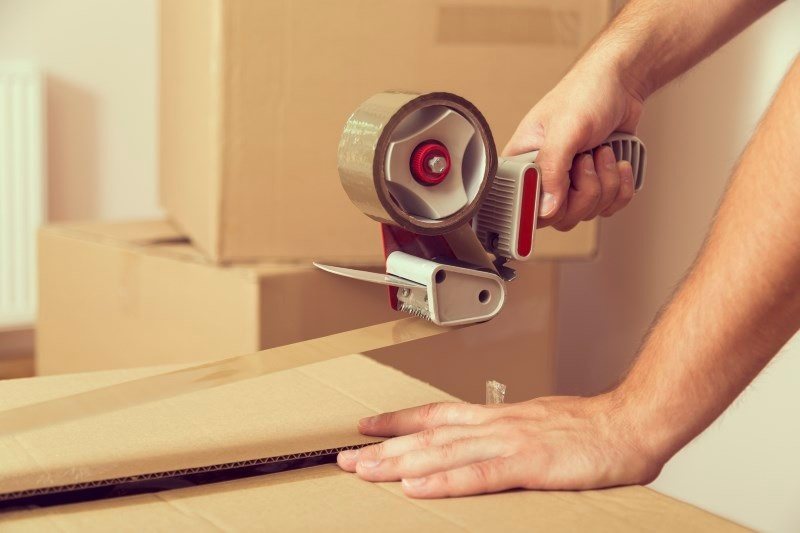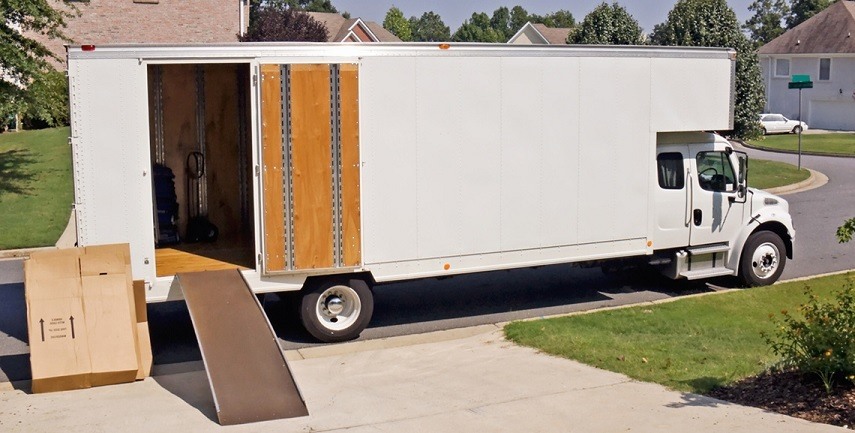Benefits Of Custom Packaging For Your Business Parcels
Product packaging plays an important role in business regardless of its industry or sector, whether it is electronics, furniture, art etc. The ideal packaging is supposed to protect the product during shipping while at the same time creating a memorable experience for the consumer. Businesses have recognised that the way to achieve this is through custom packaging.
A customised item is always better compared to a standard product as it is made to suit particular specifications or needs. Custom packaging means ditching standard packages for your product and creating packaging around a business product from scratch. It entails creating an optimal box size for each product and ensuring that the package is designed to protect the product. Custom packaging, though sometimes seen as an unnecessary cost for businesses is important in creating brand awareness, protecting products and saving costs.
A business that adopts custom packaging benefits in various ways.
1. Creates brand awareness
The packaging of a product is very important in improving the perception of the brand in the eyes of the consumer. Particularly, online consumers who interact with a particular brand only when they receive the package, will base their perception of the brand on that experience. A substandard packaging is likely to make the consumer feel the brand is of lower quality. This is not something any business would like to contend with as it can slowly lead to brand erosion.
Custom packaging can leverage innovation and uniqueness to make a personal connection with the consumer. Character design on brand packaging can lead to consumers developing trust for a particular brand. The packaging colors or theme can help the customers connect with the brand. The emotional connection that a customer has with a brand is very important as this ensures the sustainability of customer loyalty and affinity for the brand. A package with a unique feel or look will increase customer loyalty to the brand.
2. Creates an awesome user experience
Custom packages usually possess the unique characteristics of a particular brand from its logo to its distinguishing features. Packaging forms part of the user experience as it represents the users’ first interaction with a product. Poor packaging will negatively impact user satisfaction and their perception of the brand.
3. Save on packaging and shipping costs
Products come in different sizes and shapes. Furthermore, some products have different accessories that accompany them. Using the same packaging for different products is highly inefficient. With the right package size a business reduces the amount of filler material that is needed. Products are packed properly in manner that minimises the wastage of materials.
A tight fit packaging is also important in the saving costs in shipping especially now that dimensional weight shipping standards have been adopted by the shipping industry. The dimensional weight is calculated as an estimate from the length, width and height of a package. The greater of the actual weight and the dimensional weight is used to calculate the shipping cost. A business that uses custom packaging will use optimal packaging for its products thus saving on parcel shipping costs.
4. Protection of the products
Custom packaging usually contains internal sections and extra padding on the inside to ensure the product is protected. Keeping the product properly protected ensures that the product has a longer shelf life and that it will reach the customer in good condition.
Most of the time, customised packaging helps in ensuring that there is enough protection on the package to guarantee adequate protection for the product. A custom package prevents the product from shifting and consequently breaking during transit. Custom packaging with boxes of the right size, adequate padding material and special corner protection pieces help to ensure that the product reaches the customer in perfect condition.
In conclusion, custom packaging entails much more than boxes with logos. It means having a package that protects the product while being of an optimal size to save on packaging padding and shipping costs. Most importantly, the package has to be put up in a way that it creates a positive experience with the customer. A custom package must stand out in terms of theme, color, size and functionality to provide a positive experience to the customer and to reinforce the brand.
Benefits Of Custom Packaging For Your Business Parcels Read More »








